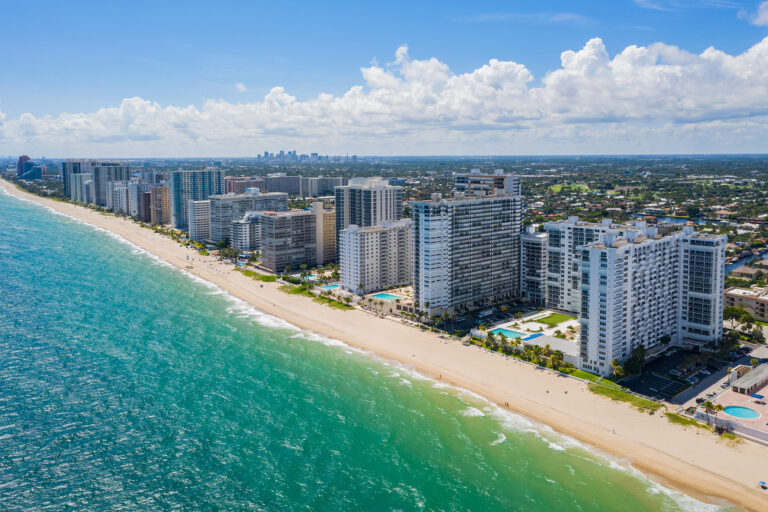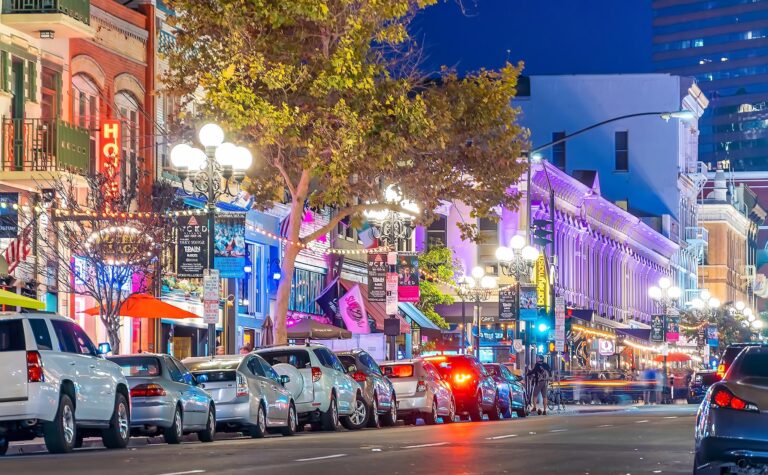From inspiring artistic masterpieces to the preservation of tropical plant species, these majestic botanical gardens from around the world will captivate you.
By Sophie Cole
Botanical gardens exude a sense of beauty, peace, and well-being, and bring us closer to nature. The serene sounds, vibrant colors of flora, and fresh air oxygenated from the surrounding plants make a botanical garden visit a wholesome, enjoyable, and grounding experience. And with different styles of gardens around the world — from formal landscape designs to wild gardening trends — each has its own unique essence and soul.
Whether you’re a nature lover, an aspiring gardener in need of floral inspiration, or you’re looking for a relaxing day-trip for the whole family, these five peaceful botanical gardens — all within proximity to Interval resorts — are a lovely way to enhance your vacation experience. After all, time spent outdoors can often revive us, and being surrounded by the ethereal beauty of flowers, exotic plants, and trees can stir something deep within us, reminding us of our inherent connection to nature and the natural planet.
Denver, Colorado
Denver Botanic Gardens
Spanning 24 acres (around 10 hectares) atop a former cemetery, Denver Botanic Gardens is a green oasis at the heart of the Mile High City. With diverse plant collections and multiple gardens — from internationally inspired ones to water types and 18 gardens of the West — this botanic has something for everyone.
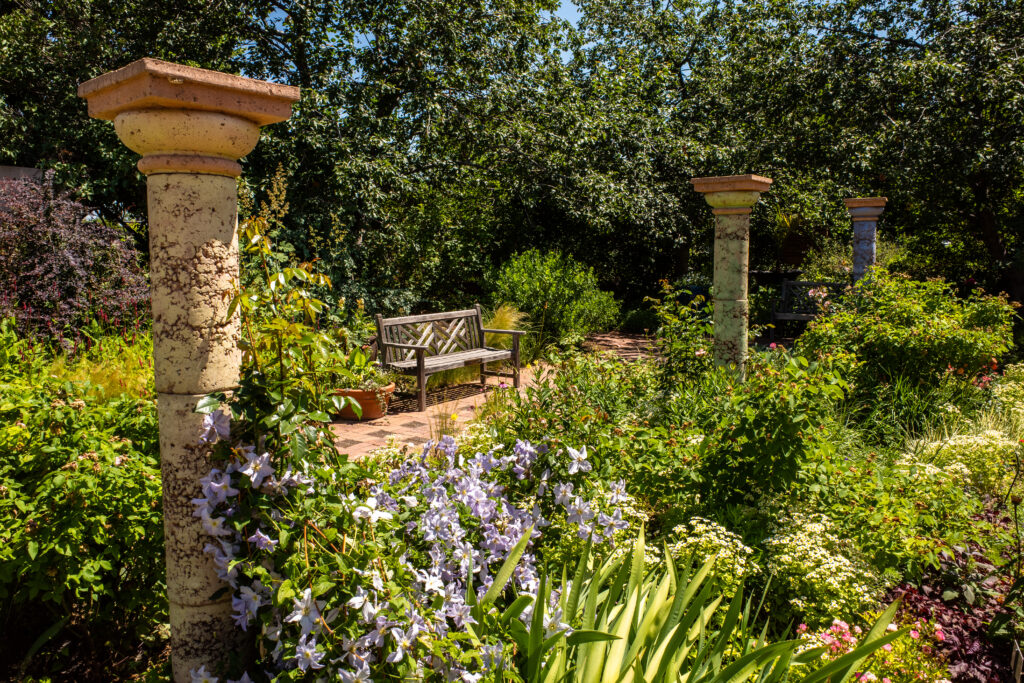
Young visitors can enjoy a magical and educational experience at the 3-acre (1 hectare) Mordecai Children’s Garden section, where kids can learn about plant life and develop a lifelong appreciation for the natural environment. Created on the parking garage rooftop, this unique green space features swinging bridges, dirt-digging pits, and gardens that show children how everyday vegetables are grown, making it both a playful and purposeful place for younger aspiring gardeners to learn about nature.
Visitors are visually transported to Asia when they walk through the wooden, doorless “moon gate” at June’s PlantAsia. Plants from the Himalayan meadows and Asian Steppe exist in this introspective section of the gardens. To the northeast, there is a Chinese pavilion referred to as “ting.” Translating to “pause,” this area is a restful spot to be still, recalibrate, and reflect on the surrounding aesthetics.
New York City, New York
New York Botanical Garden (NYBG)
Established in 1891, the New York Botanical Garden in the Bronx is one of the largest botanical gardens in the U.S., and it offers a welcome respite from the concrete jungle of NYC. It’s home to 250 acres (101 hectares) of neatly decorated flower gardens, expansive conservatories, and water features, with Renaissance-style architecture and landscape influences from grand gardens in England, France, and Italy.
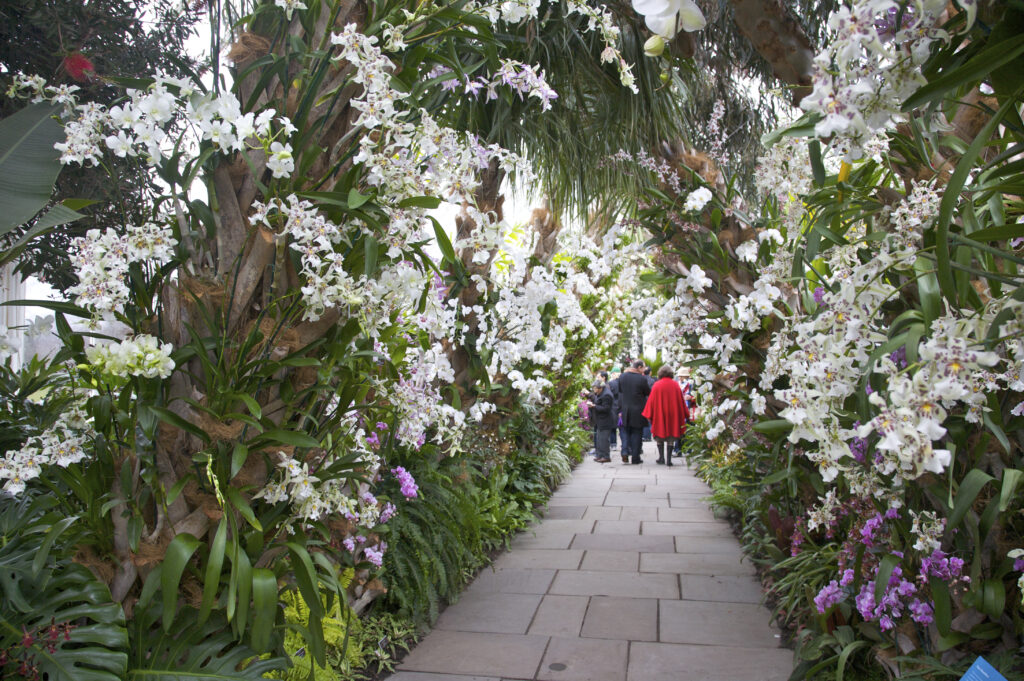
Forest bathing, the Japanese practice of being quiet and calm surrounded by trees, can be enjoyed in the Thain Family Forest. This 50-acre (20 hectares) expanse of native forest is the largest remaining original woodland in New York, and it’s partly the reason why the site was selected for NYBG. Ancient oaks, maples, tulip trees, and sweetgums have evolved, adapted, and thrived over the centuries, and time spent admiring these towering trees is a great reminder of the resilience of nature.
Explore the lush indoor jungle at Enid A. Haupt Conservatory, where deep green hues of the palm collection transport you to the tropics, stop and smell the Pink Double Knock Out® roses at Peggy Rockefeller Rose Garden, and notice the colorful alpine flowers blooming among the rock crevices at Rock Garden. A tram tour — included in park admission — also operates around the gardens and is perfect for those who wish to discover this vast botanical land in a more leisurely way.
Marrakech, Morocco
Jardin Majorelle (Majorelle Garden)
Hidden away from the hustle and bustle of Marrakech’s souks, a calm oasis can be found along Rue Yves Saint Laurent when you exit Morocco’s everyday streets and enter the tranquil world of Jardin Majorelle. This garden was originally founded by French painter Jacques Majorelle in 1924 and later acquired and thoughtfully restored in 1980 by Yves Saint Laurent, who maintained Majorelle’s original vision by preventing the outdoor space from becoming a real estate project. The result of the restoration: a tropical haven with a palpably serene vibe.
Blending traditional Moroccan design with art deco architecture, this enchanting garden features 300 exotic plants from five continents, ranging from cacti to pink bougainvillea, and is renowned for its Majorelle (deep blue) villa, home to Musée Berbère. Park benches dotted around the gardens invite you to pause and notice the surroundings. The garden’s silence is soothing for the soul; still lily pads peacefully float in the middle of the pond, water gently trickles from the fountain, and the leaves of tropical plants quietly rustle as an occasional breeze breathes through the gardens. To avoid entry lines and to visit the garden when it’s at its most tranquil, arrive before 10 a.m.
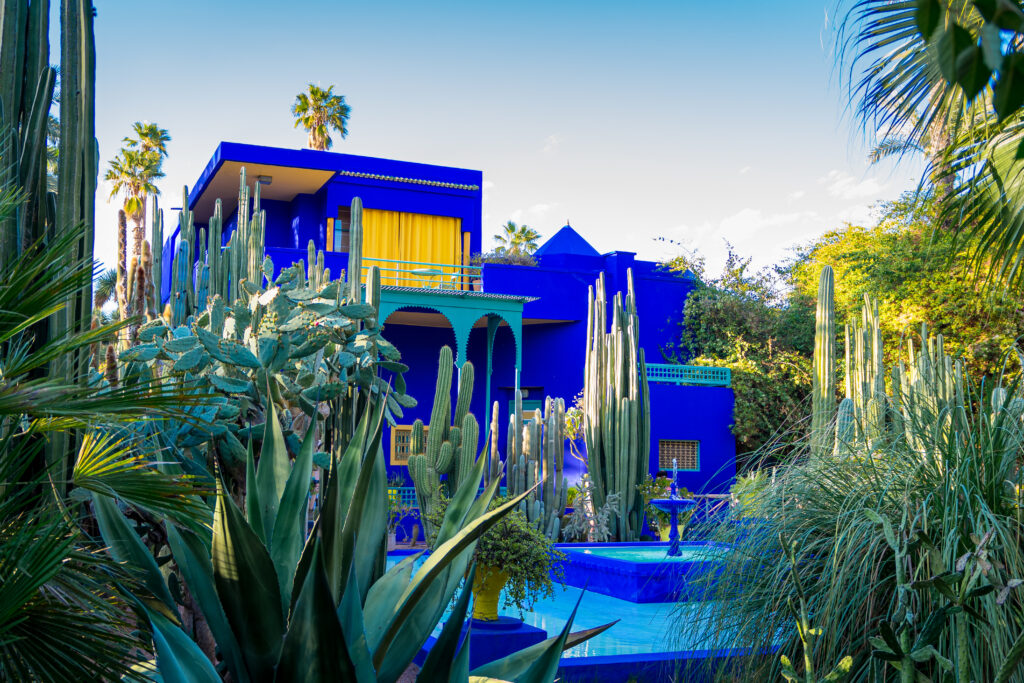
Giverny, France
Fondation Claude Monet (Foundation Claude Monet)
The picturesque gardens in Giverny — now known as Fondation Monet — were the inspiration behind Claude Monet’s iconic impressionist paintings. Between 1883 and 1926, these grounds were Monet’s summer refuge, and it was here that his passion for gardening and colors coalesced in the form of his two gardens: the flower gardens (Clos Normand) and a Japanese-inspired water garden with a Japanese bridge. It was the delicate lilac water lilies and gently swaying weeping willows that inspired some of his finest works, including the Water Lilies (Nymphéas) series.
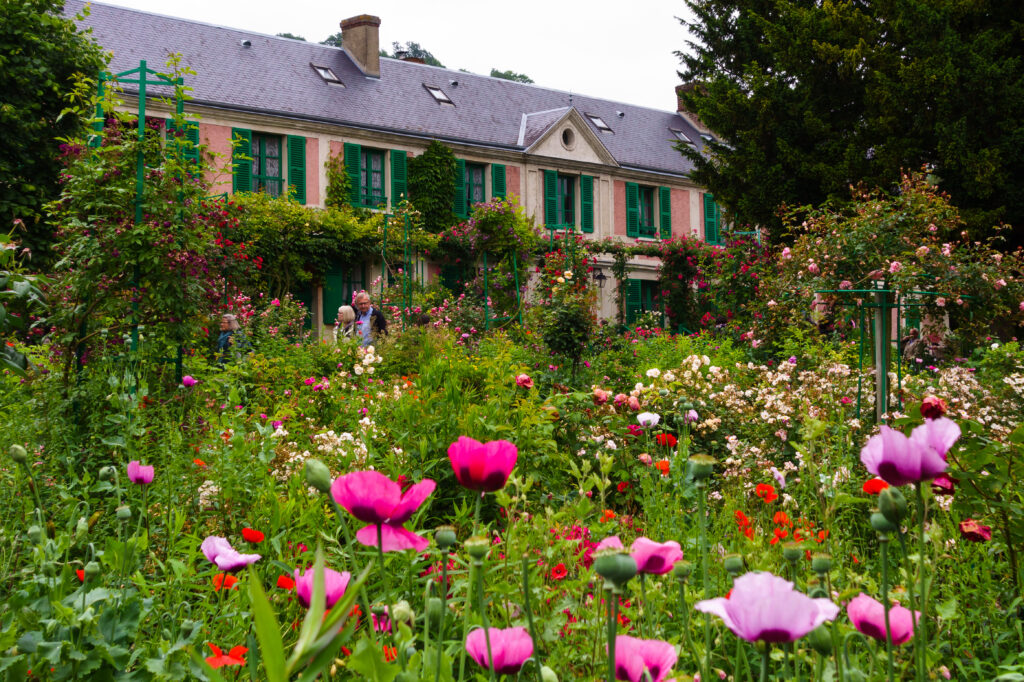
Monet’s approach to gardening was liberal; he preferred a more naturalistic look, pairing flowers in accordance with their color and allowing them to bloom freely. Wisteria, peonies, roses, and water lilies continue to blossom throughout the gardens and visitors can also visit the pastel-pink house-museum with its striking green doors. Fondation Monet is open for visitors seven months a year (from April 1 to Nov. 1) and it’s recommended to visit early in the morning, when it’s more serene.
Buenos Aires, Argentina
Jardín Botánico Carlos Thays (Carlos Thays Botanical Garden)
Almost 90 percent of the green spaces in Argentina’s capital city, Buenos Aires, were originally designed by French landscape architect Jules Charles “Carlos” Thays after he won a competition in 1891 and subsequently became the director of the city’s park authority. One of his greatest, and most cherished, projects was Jardín Botánico Carlos Thays.
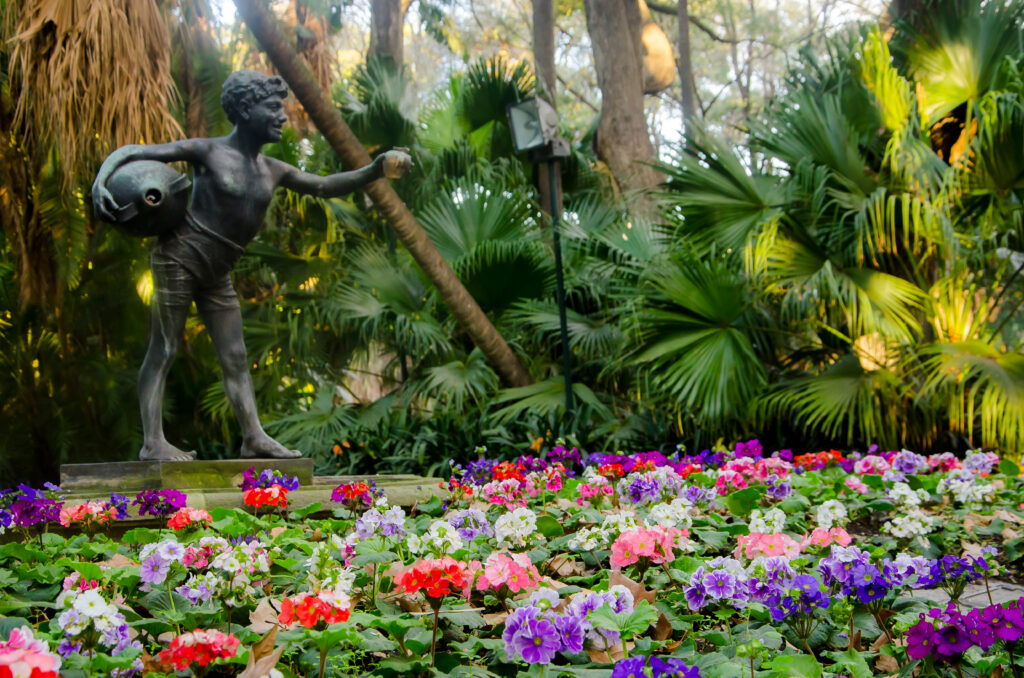
Opened to the public in 1898, it was also his residence, where he lived with his family in an English-style building at the heart of the gardens. This 18-acre (7 hectares) botanic remains part of his legacy and is home to 6,000 plant species, a children’s nature library, and a butterfly garden where 50 species of butterflies flutter their multicolored wings. Five greenhouses dot the property, one of which is the art nouveau iron-glass structure, imported from Paris after it won a prize at the Universal Exhibition more than a century ago.



